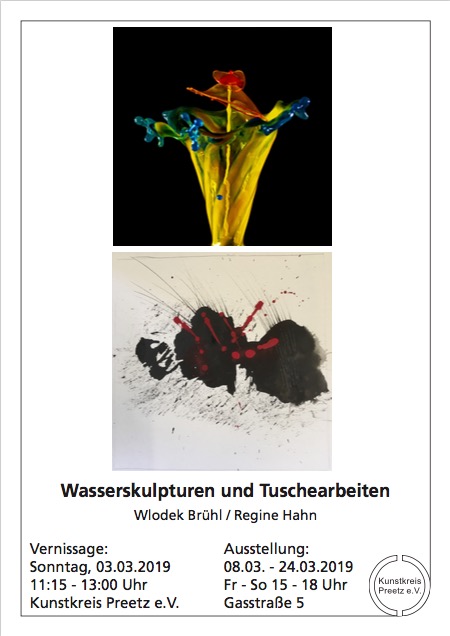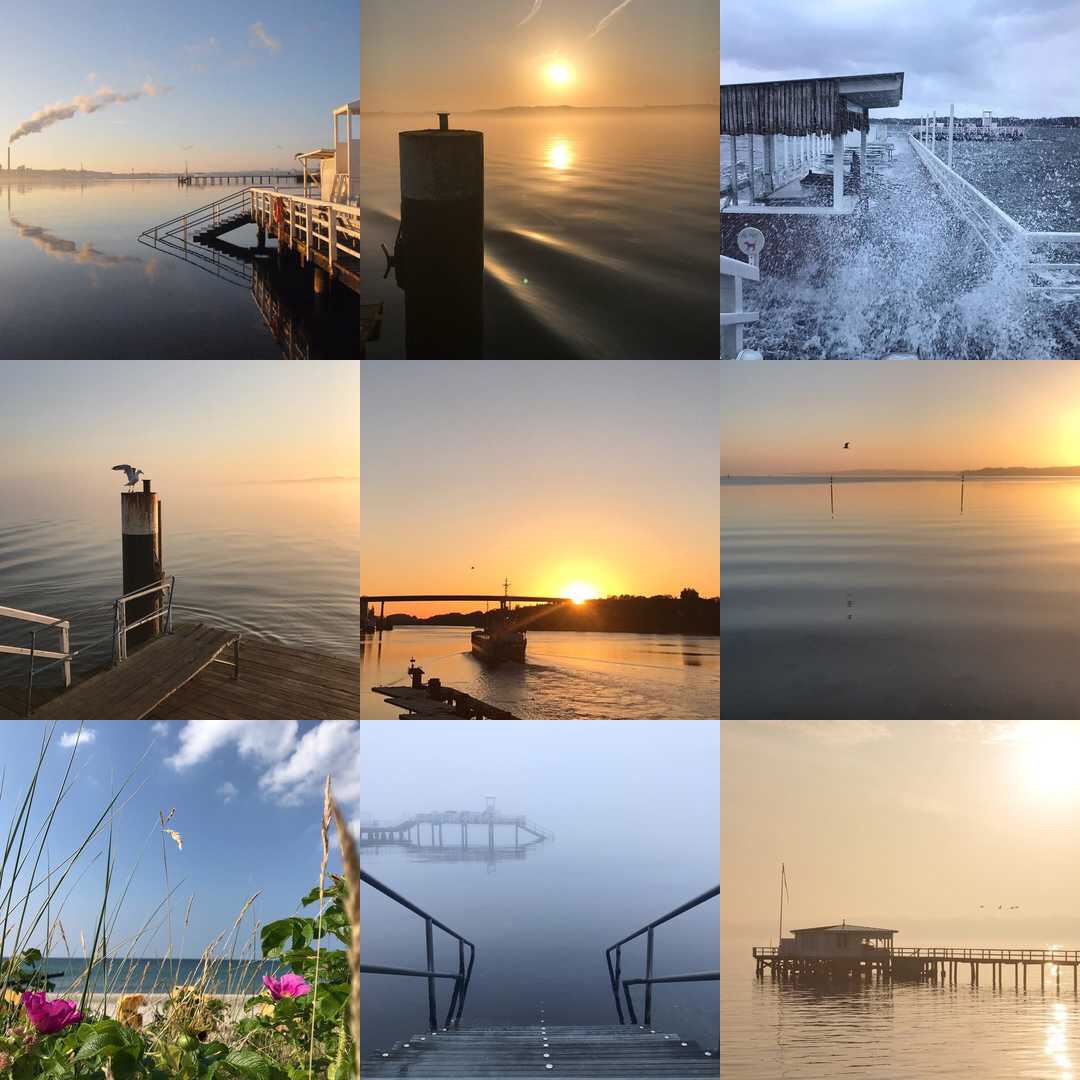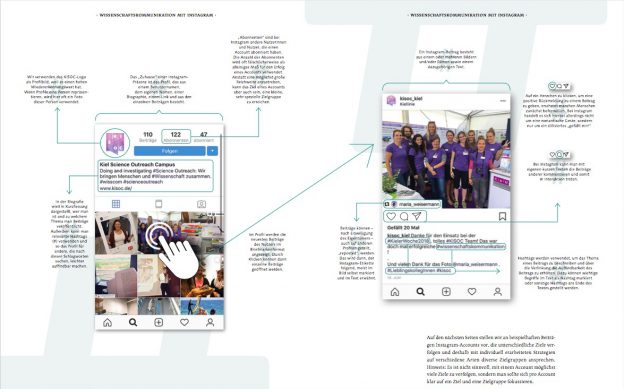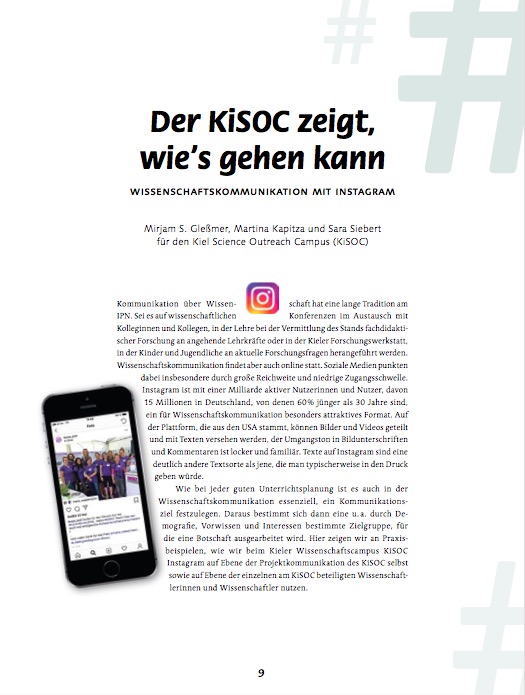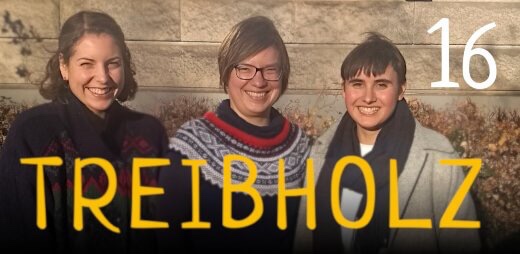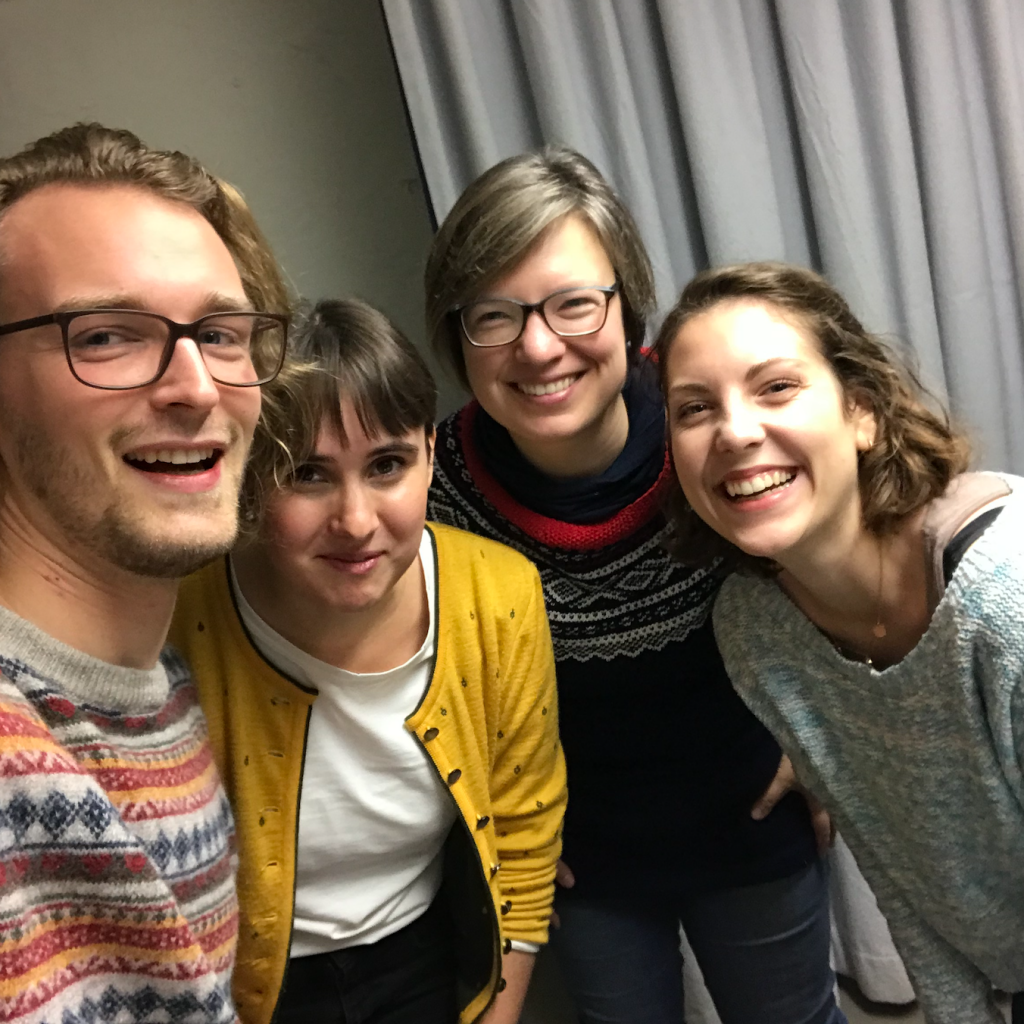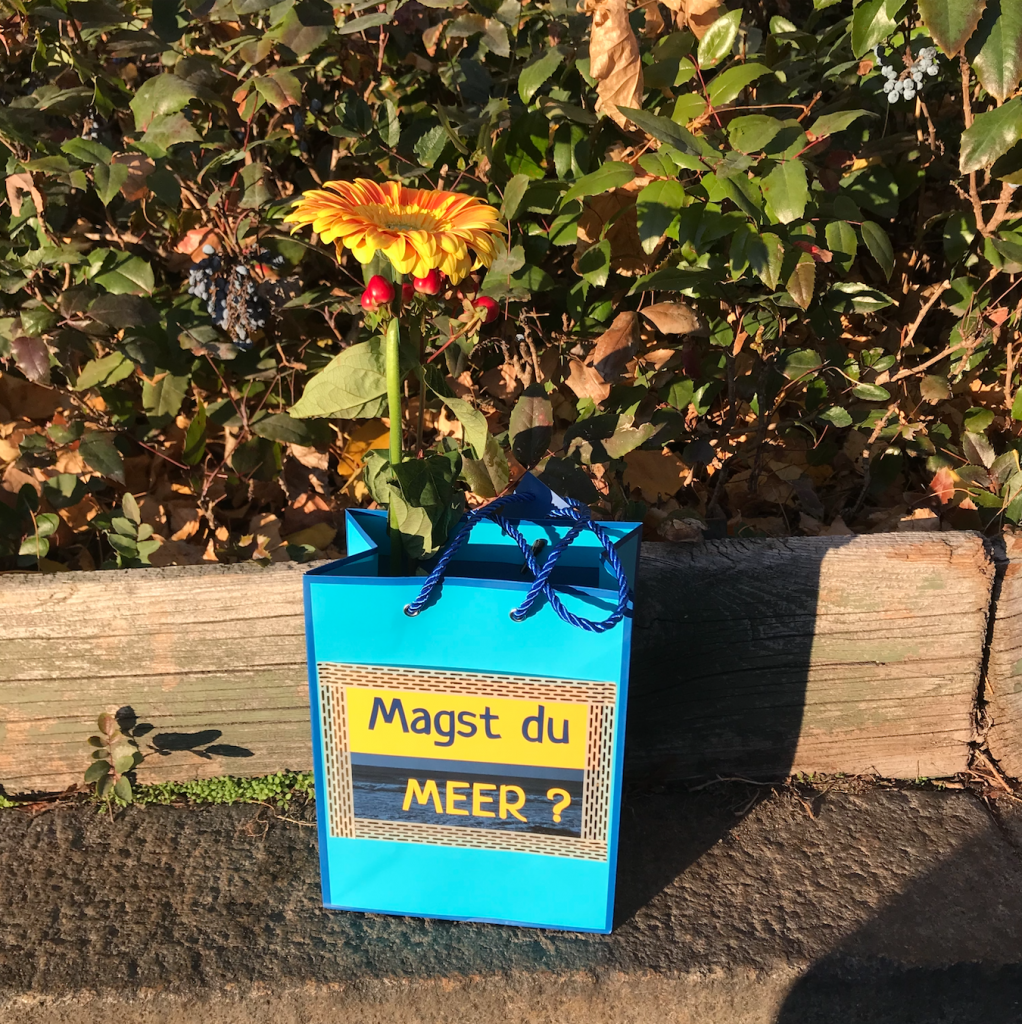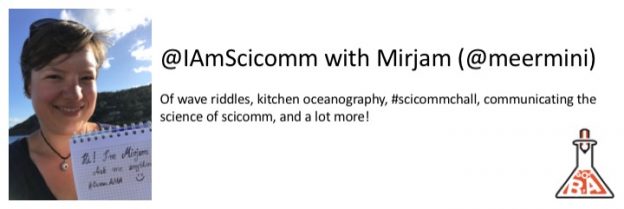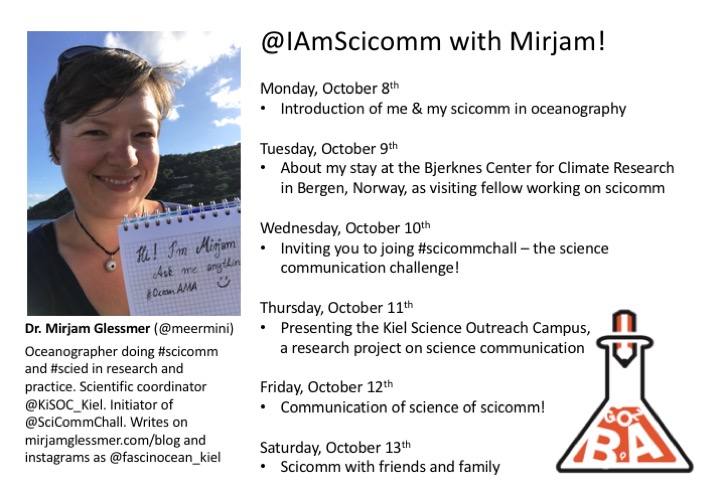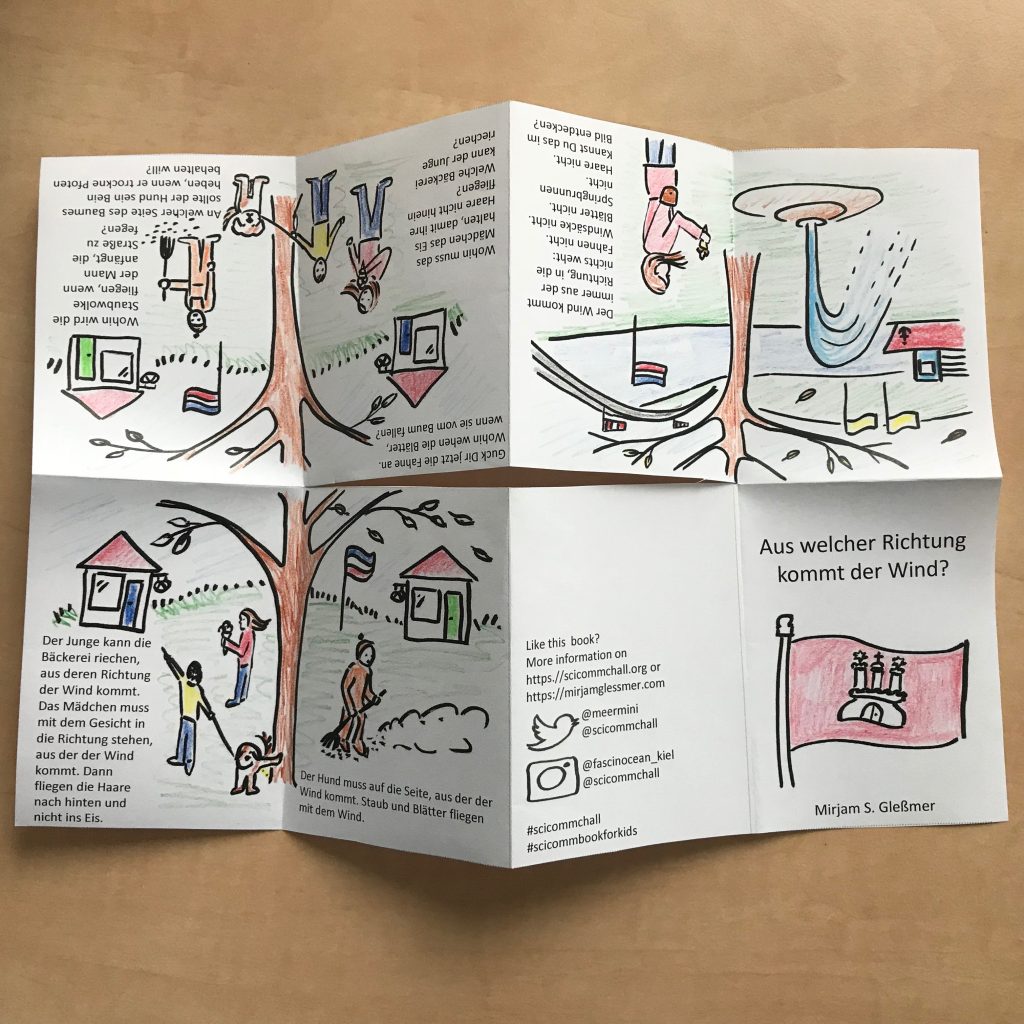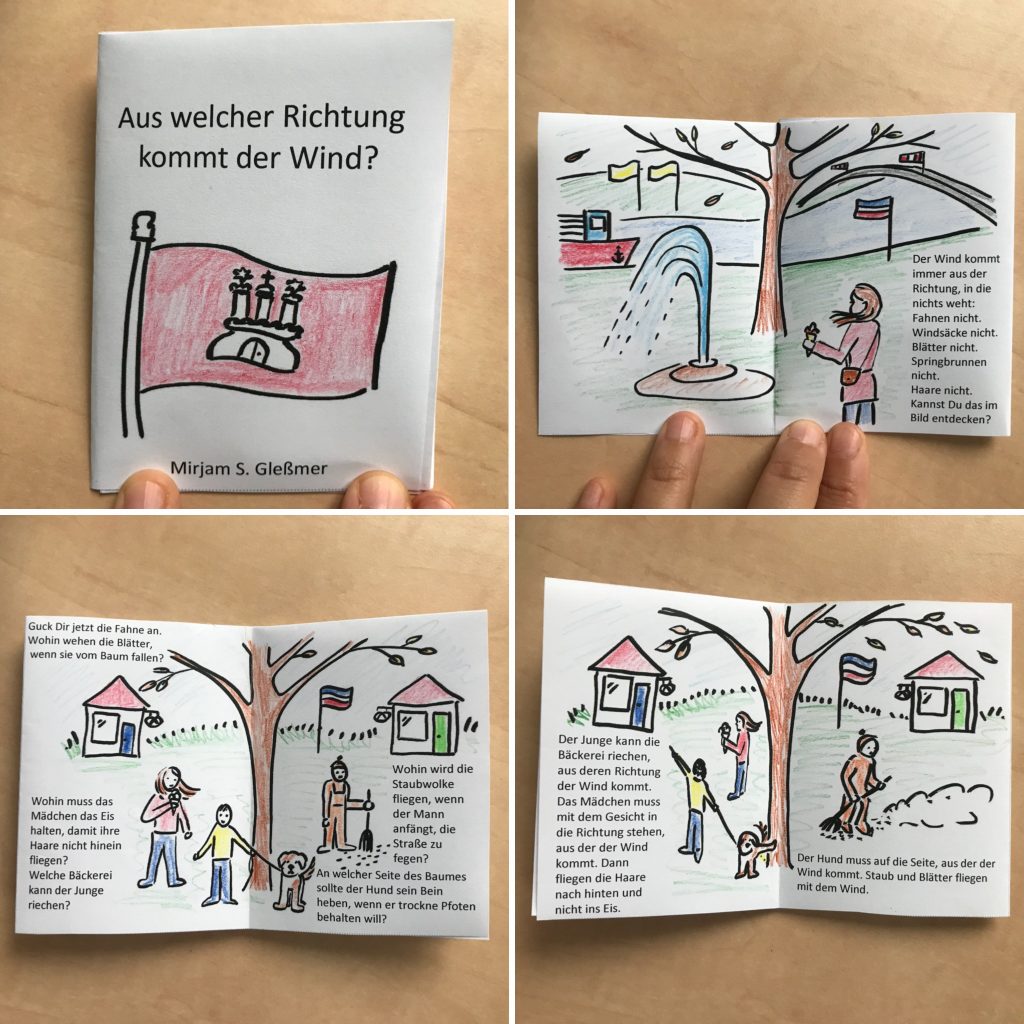Many big research projects and institutions regularly spend a lot of money on things like pens, mugs, canvas bags, or even pool noodles (I kid you not, one of my former employers did that!), all typically branded with the institution’s or project’s logo, that they give away in large quantities. Many of those are certainly useful and others funny. But since they are already budgeted for, anyway, why not use them as a tool in science communication?
Part 1: What the literature tells us about giveaways — and how I think that applies to science communication
What eactly is a “giveaway”?
In the marketing literature, giveaways constitute the “low” end of the spectrum of corporate gifts, in contrast to high end gifts like holidays in the Caribbean or cars; “generally low value, high volume, less personal items that are used mainly to promote a company’s name” (Fan, 2006). They are used because verbal communication is easy to forget while gifts, branded for example with a company’s logo, serve as a reminder of that company, which may tip a business decision in that company’s favor (Axtell, 1990, in Fan, 2006).
Most research on corporate gifts is on very expensive gifts, like cars and Caribbean vacations, and therefore deals with legal and ethical concerns. I will ignore such concerns here because I am talking about the type of inexpensive giveaways that are customary in academia: Mugs, pens, hats, flash drives, stickers, all the stuff that you will be given at academic conferences, when visiting institutions, at open days or science fairs (it’s often the exact same items given to all the different audiences).
Goals of giving giveaways
Marketing literature tells us that depending on the stages of a customer relationship, giveaways typically serve different purposes. Arunthanes et al. (1994) describe business gifts as “means of promoting products and services by strengthening relationships with customers and suppliers“. They distinguish three categories of reasons for giving business gifts relating to a company’s relationship to their customers: initiating relationships, cementing relationships and quid pro quo.
Initiating relationships
When initiating relationships, the goal is to create a positive first impression in and relationship with potential new customers, extending a gesture of good will as basis for a positive future business relationship. Fan (2006) describes this goal saying that giveaways are “used mainly to promote a company’s name”, and Beltramini (1992) describes the goal as increasing positive customer perceptions toward key product attributes.
In a scicomm context, this could mean that you want to attract a new audience to your scicomm topic — kinda like I did when I used the opening of an art exhibition to talk about physics. I was first going to continue saying “… except we would be giving them some small physical object”, but we do not even need the physical component, even a social gift of spending time, building relationship, stimulating thought might be considered a giveaway.
Cementing existing relationships
When giveaways are used to cement existing relationships, they can be used to thank clients for positive past relationships, for placing a new order or for referrals to other clients. Marchand (2017) points out that sometimes repeated (instead of one-off) gifts for might be necessary to keep up customer loyalty.
In scicomm, this might mean keeping an existing audience interested in your scicomm topic, giving people who are already interested in your science something that reminds them of how interesting it is and that they can come back to you for more cool and fun and fascinating information and discussion and engagement. So anything that they will take home and that helps them continue engaging with your topic might be in this category, like the magnifying bug viewer that you showed kids how to use and that they continue using when out and about with their parents or kindergarden group.
Quid pro quo
In the quid pro quo scenario, a giveaway is given in the expectation that the favor will be returned by the customer through other means, for example increasing consumer’s in-venue spending through sports promotions (Yukse, Smith and McCabe, 2017), or because customers have come to expect receiving gifts.
This is what I would refer to as “buying attention” — I give you a giveaway, you give me your time. Maybe this is the really flashy gadget that you get so fascinated with that you don’t even realize you are in a scicomm situation? Or a booklet that captures people’s interest? In a way, the magnifying bug viewer is also a “quid pro quo” thing, I spend money to make you look at bugs (which is what I want you to do because it’s my area of interest and I want you to get excited about it).
Anyway. No matter the stage of the customer relationship, objectives of giving giveaways can be classified very broadly into three categories: Cognitive goals (you hope they will learn something, which could be evaluated by looking at reach of a campaign, awareness of a certain product, or knowledge), behavioral goals (you hope they will change their behaviour, which you would see for example in a number of hits or downloads), and financial goals (you hope they’ll give you money, evaluated for example by the return of investment, brand equity, …) (Cruz & Fill, 2008).
What makes a giveaway successful?
Since giving and receiving giveaways has become the rule rather than the exception, givers seem to evaluate giving giveaways as overall positive and worthwhile, i.e. the objectives seem to be achievable by giving giveaways. Investigations show that business gifts are generally effective in increasing positive customer perceptions toward key product attributes, especially in the case of the low-priced product lines (Beltramini, 1992). For sports promotions, Yukse, Smith and McCabe (2017) find that promotional giveaways increase consumers’ in-venue spending intentions. These effects are explained by the principle of reciprocity, which has its theoretical foundation in the exchange theory (Cropanzano & Mitchell, 2005).
Dimensions of gift design: gift type and gift relatedness
Marchand (2017) describes two critical dimensions of gift design: gift type and gift relatedness. Gift types can be described in the continuum from economic gifts (where the value of the gift is in the monetary value) to social gifts (where it is about the gesture, the connection, the feelings). Gift relatedness describes the closeness of the link between a gift and the gift-giver and their products and services. Gift-relatedness is high for a company’s own products, and low for other companies’ products.
Marchand (2017) recommends economic related (e.g., coupons) and social unrelated (e.g., unbranded chocolate hearts) gift designs over economic unrelated (e.g., coupons for products from other companies) and social related (e.g., exclusive events with company chairpersons) ones. However, even though social related gifts are generally not recommended, there might be goals for which they are still well suited. For example, if the goal is to learn the needs and problems of the client, to further client-seller relationships or to close a sale, lunch, evening meals, leisure activity or parties might help achieve just that (Arunthanes et al., 1994).
One example of a gift on the economic-related-to-economic-unrelated scale in a scicomm context are little business cards with key messages of a workshop that you hand out to participants (for example which fish to buy and which to avoid). If the card is branded with your institution, NGO, project, what have you, it would be a related. If you hand out a similar card that someone else made and branded, you might still be conveying the same message about what fish are good to buy, but you might at the same time be building up someone else as the trustworthy authority on fishing, rather than having people think of you as the authority because they saw your logo every time they were making decisions about what fish to buy.
On the economic-to-social scale, economic gifts in the sense that there is a large monetary value given are not common in academia (or at least I have never received or given any). Social gifts are more common — meeting with famous scientists, guided tours through famous institutions, that kind of stuff. But I feel like with scicomm giveaways, we’d be not in the extremes on either end of this scale.
Long-term effects
Depending on the goal, in order to achieve long-term effects, one-off gifts might not be enough. Repeated gifts for customer loyalty might be necessary, otherwise, the reciprocity process could wear out (Marchand, 2017).
For scicomm, I think this might not be the case as much. Giving people pens so they remember this one phone number for your taxi company might be helpful (I know it worked for me as a kid, when the pen next to the phone (which was still on a cord) had a taxi number on it, that was the one I would use), but for scicomm I would hope that people’s engagement would not depend very much on who gives the coolest gifts. On the other hand, occasionally reminding people of your cool topics would probably not hurt, either. But then it’s not so much about “loyalty” as of being on people’s minds, which can happen by means of giveaways, but also by many different means like for example a radio interview they happen to hear or a poster advertising your open house day.
Cultural context
Gift-giving is depending on cultural context, which can have a huge influence on how a gift is perceived depending on the timing, the monetary value of the gift, the way it is being presented, or even the colors used (Arunthanes et al., 1994; for a broad overview over gift-giving across cultures check out Giftypedia, 2013).
Cultural context is always important to keep in mind, especially working in international settings such as academia. So not surprising that it might be an important consideration when designing giveaways, but worth the reminder!
Giving through multipliers
Giveaways can develop both direct and indirect effects. In the same way that it often is a successful strategy in advertising to target children for products that parents will make purchasing decisions for (not only entertainment parks etc, but breakfast cereals, cars, …) it can be a strategy to not target an audience directly with your giveaway, but use other players to bring the message to your intended audience.
When the first level recipient is intended as multiplier, Berger & Schwartz (2011) find that while products that are cued more often were discussed more frequently, more interesting (or novel, surprising, original) products did not get more word of mouth overall.
This translates well to scicomm: If a topic is cued more often, it is likely that it will be discussed more. So make sure your giveaway is something people use daily and that makes other people comment on it!
The gift giver
Determining the “audience”, i.e. who you are giving your giveaway to, also includes determining who the gift-giver is (Cruz & Fill, 2008), since the same gift received by the same person can be perceived very differently on the context the gift-giver and the gift-receiver are in. It makes a big difference to the message a gift is sending whether the source of a gift are individuals or a corporation, i.e. whose relationship the giveaway-giving is supposed to influence. A paper clip branded with the logo of an institution might be taken as sign of appreciation when used on documents sent to a coworker at a different institution. The very same paperclip might not work at all when handed out as giveaway at a science day, even if the recipient is the same person in both these example
Design criteria for giveaways
Let’s assume you’ve gone through the three basic scicomm questions and know your goal, your audience and your message, which is what you should always do first:
1) Why do you want to give away a giveaway? Your goal.
2) Who do you want to reach and how will you reach them? Your audience.
3) What is it that you want people to take away from your scicomm? Your message.
Now how do you combine the message with a physical object? That’s a very good question that I will try to answer in my next blog post tomorrow :-)
—
Literature
Axtell, R. E. (1990). Do’s and taboos of hosting international visitors. Wiley.
Arunthanes, W., Tansuhaj, P., and Lemak, D. J., (1994) “Cross‐cultural Business Gift Giving: A New Conceptualization and Theoretical Framework”, International Marketing Review, Vol. 11 Issue: 4, pp.44-55, https:// doi.org/10.1108/02651339410069245
Beltramini, R. F. (1992). Exploring the Effectiveness of Business Gifts: A controlled field experiment. JAMS, 87-91
Berger, J., and Schwartz, E. (2011) ,”What Do People Talk About and Why? How Product Characteristics and Promotional Giveaways Shape Word-Of-Mouth”, in NA – Advances in Consumer Research Volume 38, eds. Darren W. Dahl, Gita V. Johar, and Stijn M.J. van Osselaer, Duluth, MN : Association for Consumer Research.
Cropanzano, R., and Mitchell, M. S. Social Exchange Theory: An Interdisciplinary Review. Journal of Management, Vol. 31 No. 6, December 2005 874-900 DOI: 10.1177/0149206305279602
Cruz, D., Fill, C. (2008) “Evaluating viral marketing: isolating the key criteria”, Marketing Intelligence & Planning, Vol. 26 Issue: 7, pp.743-758, https://doi.org/10.1108/02634500810916690
Fan, Y. (2006) “Promoting business with corporate gifts – major issues and empirical evidence”, Corporate Communications: An International Journal, Vol. 11 Issue: 1, pp.43-55, https:// doi.org/10.1108/13563280610643543
Giftypedia (2013); http://www.giftypedia.com/International_Gift_Customs (last accessed on xxx -> print relevant pages to pdf!)
Marchand, A., Paul, M., Hennig-Thurau, T., and Puchner, G. (2016). How Gifts Influence Relationships With Service Customers and Financial Outcomes for Firms. Journal of Service Research. 1-15. DOI: 10.1177/1094670516682091
Yukse, M., Smith, R., McCabe, C. (2018) Reciprocal Intentions: Effects of Promotional Giveaways on Consumers’ In-Venue Spending Intentions: An Abstract. In: Krey N., Rossi P. (eds) Back to the Future: Using Marketing Basics to Provide Customer Value. AMSAC 2017. Developments in Marketing Science: Proceedings of the Academy of Marketing Science. Springer, Cham
